
Hello everyone :)
This macro session was held outside, using the same inverter ring technique with a tiny snail as the central subject.
When the environment is external and uncontrolled, the subjects chosen end up being the work of chance, and in this case it ended up being that tiny being that almost went unnoticed amidst the foliage.
It was an exciting challenge and, at the same time, a little unsettling because the little snail wouldn't stay still, which considerably increased the difficulty of capturing images.
The constant mobility brought additional complexity to the task, as each movement of the snail required quick adjustments to camera settings and image composition.
The quest for sharpness became a real challenge, as the snail not only moved constantly, but its body parts often extended or contracted in unpredictable ways. Depth of field became a critical element, and a balance had to be struck between getting sharp details and keeping a significant portion of the curl within the focus area.
For a moment i thought i was going to pass out from holding my breath in an attempt to reduce the lens oscillations :P
The choice to photograph outdoors provided a natural and dynamic environment but also offered additional challenges, such as changes in lighting due to moving clouds and the possibility of wind interference, affecting the stability of the camera and the sharpness of the images, it was still possible tomake the most of available natural light and be agile in adjusting settings as needed.
Despite the difficulties, the challenge added an element of excitement to the session, and patience became an indispensable virtue.
Before moving onto the result...
My introductory thoughts about macro photography:
It's amazing how macros with their blurred background can result in such different images full of contrasts and textures especially with this kind of subjects.
In the world of photography, especially macro photography, there is a universe of things available to everyone, enabling totally different and original approaches.
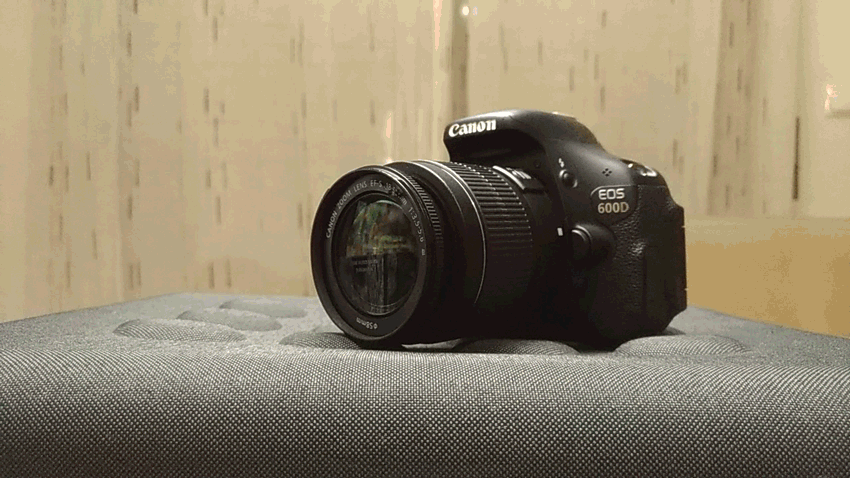
Among the various possible techniques to shoot macros, this is perhaps the most affordable and effective technique for those who have a camera with removable lens.
We can simply remove the lens and reverse the direction, and by using an inverter ring it ends up being more comfortable and facilitates the process.
Let's now move onto the result:
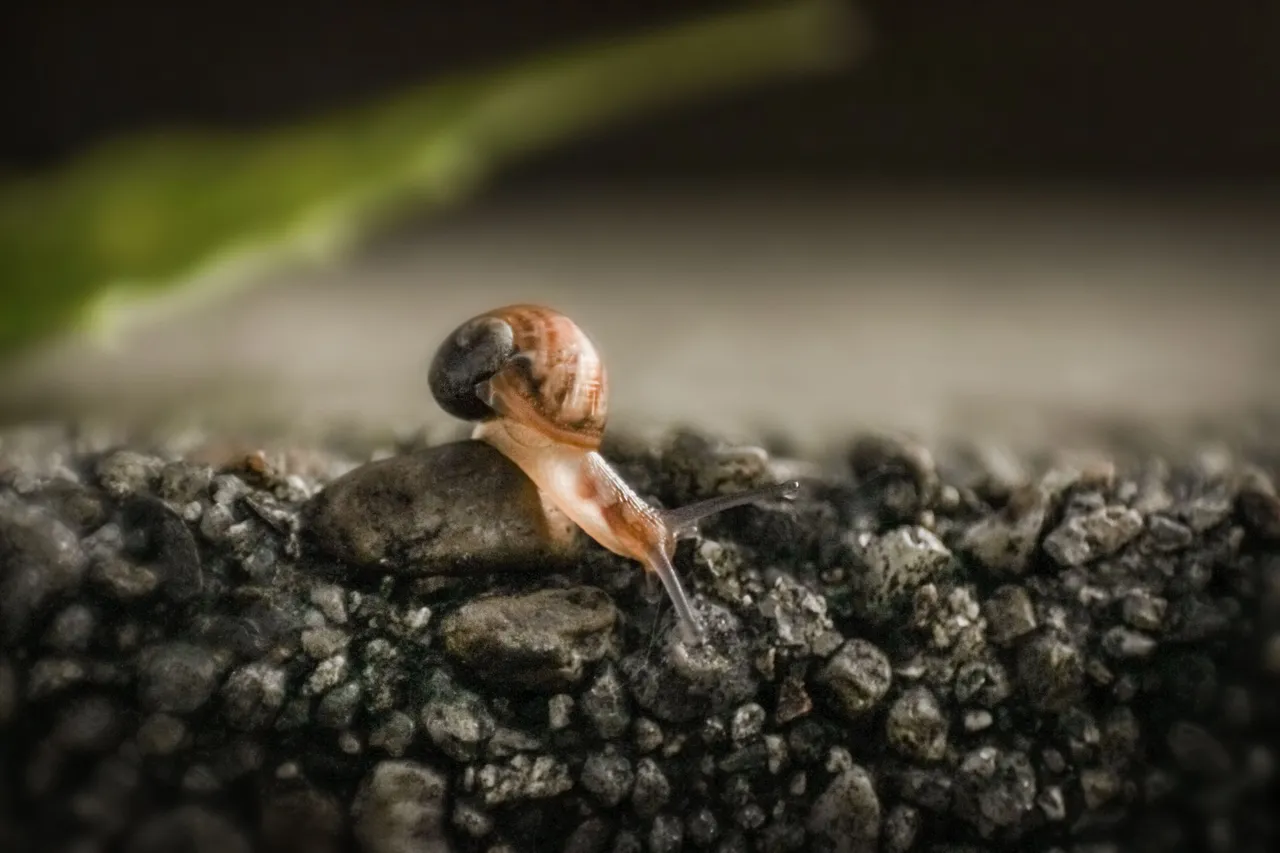
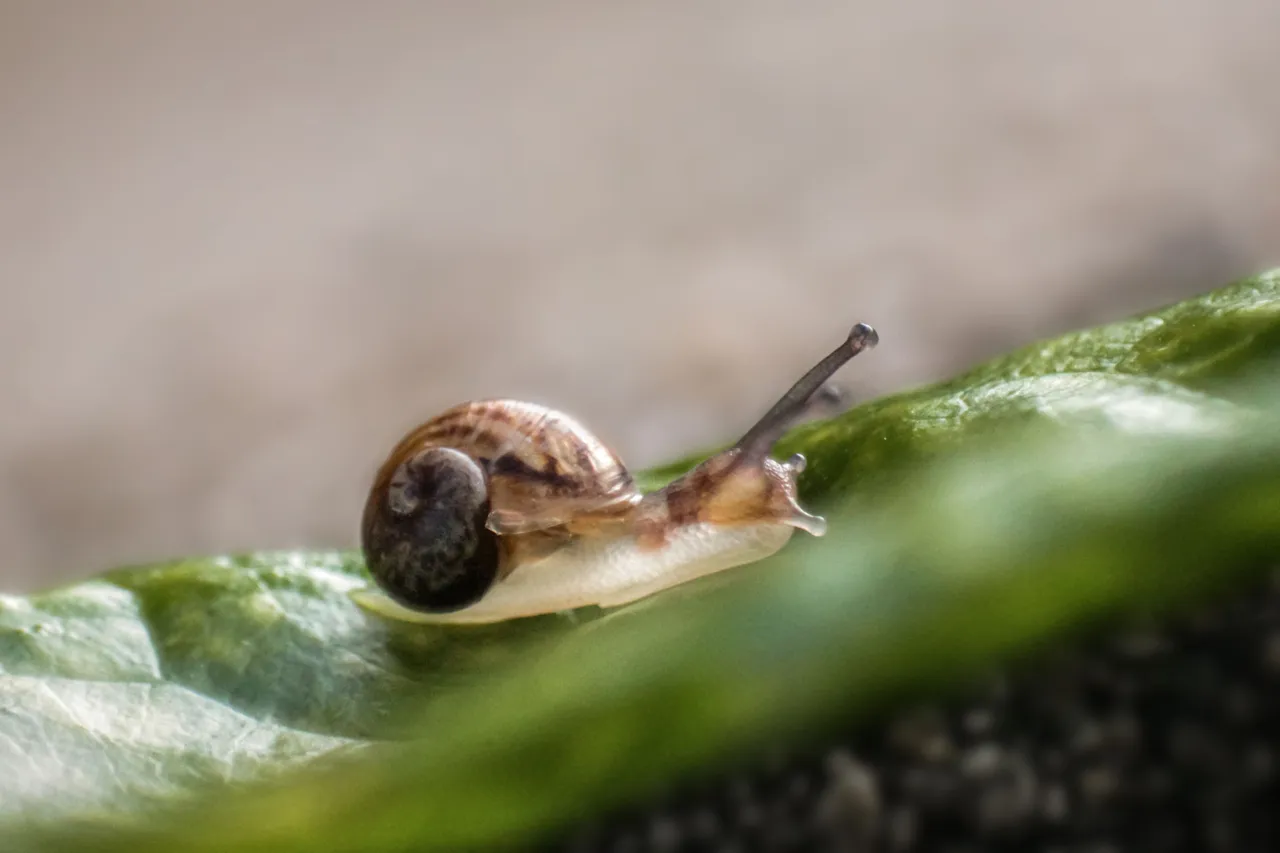
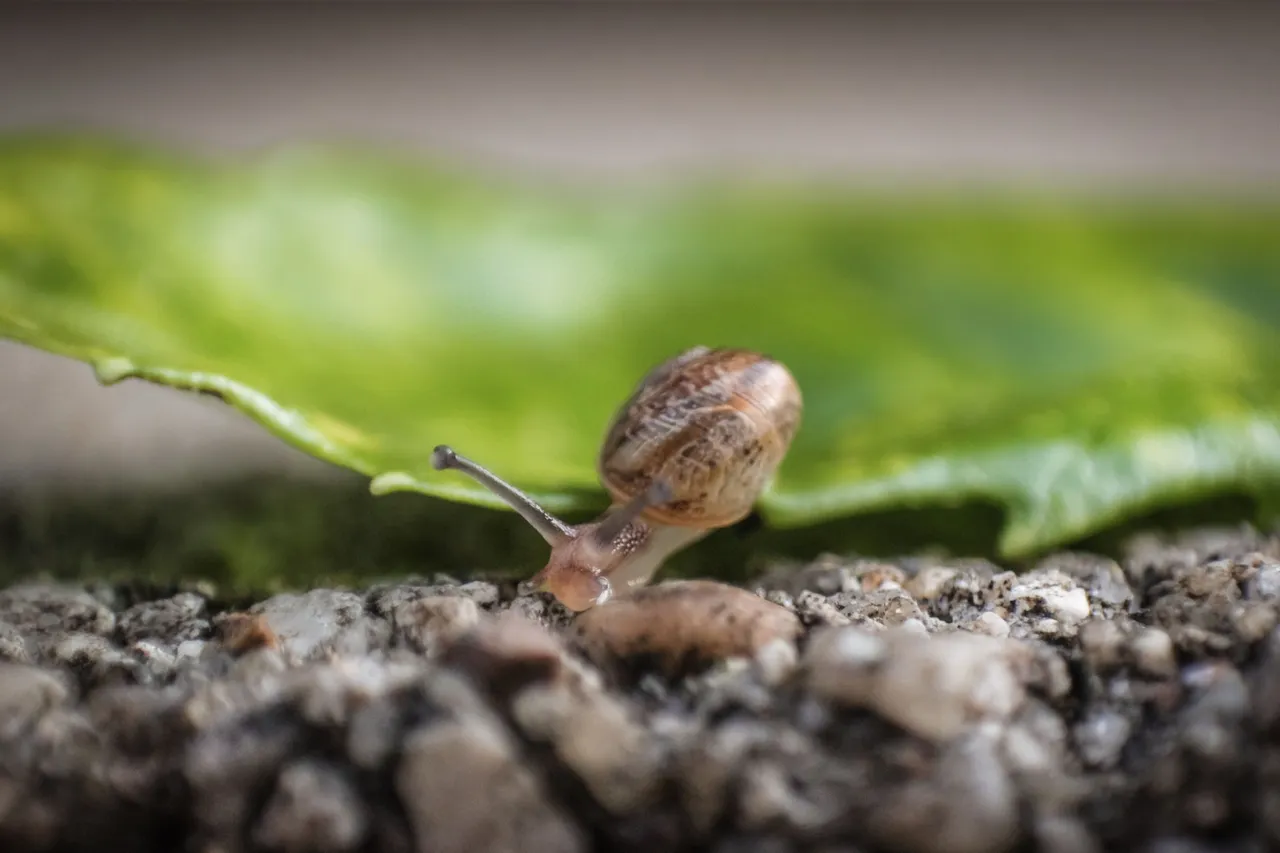
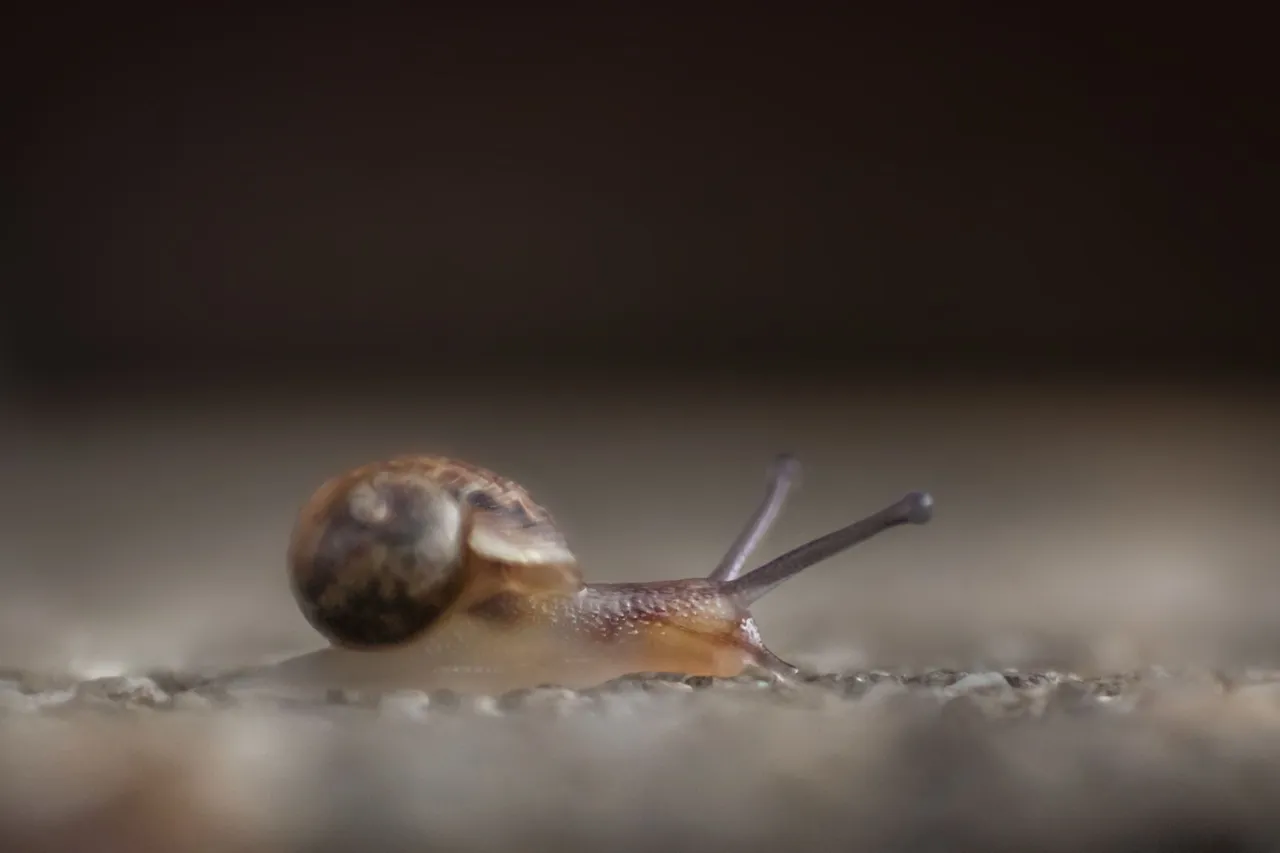
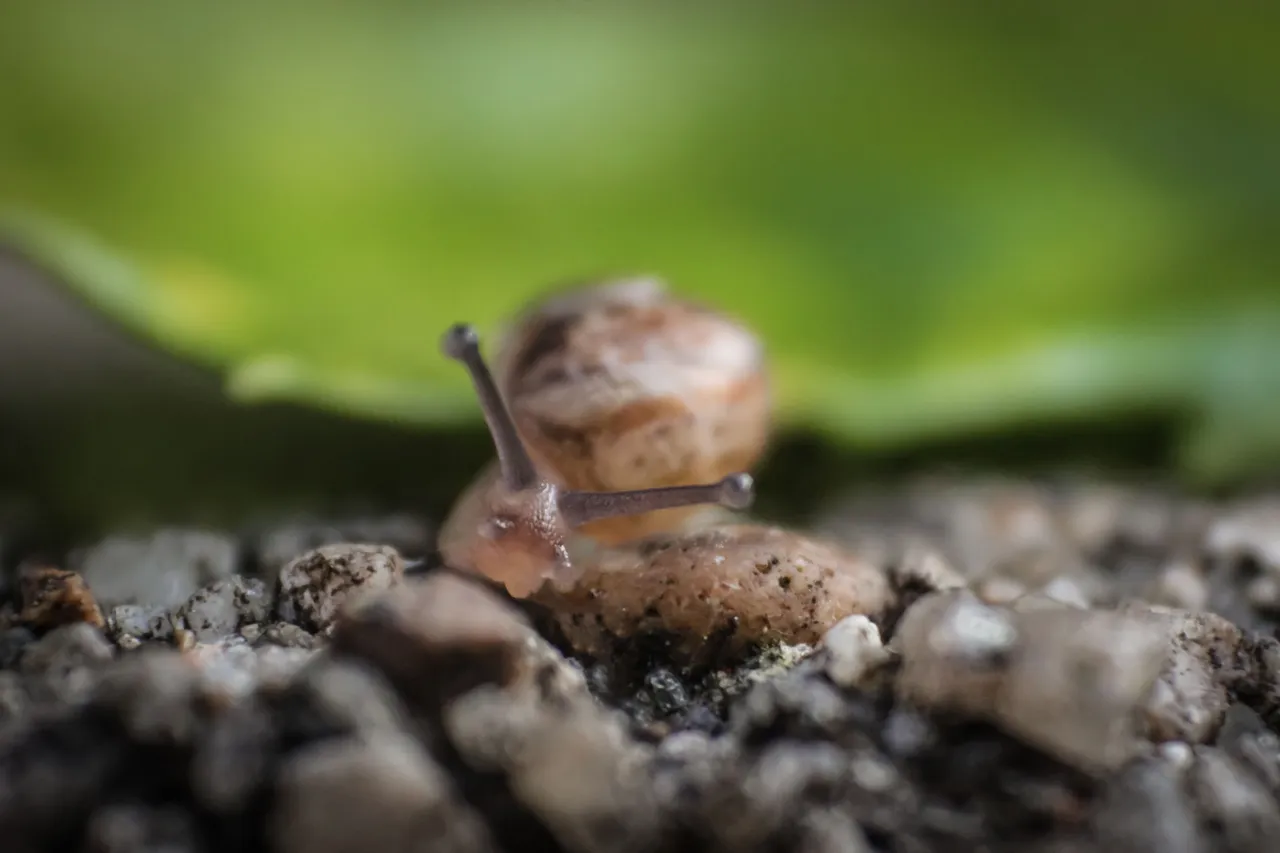

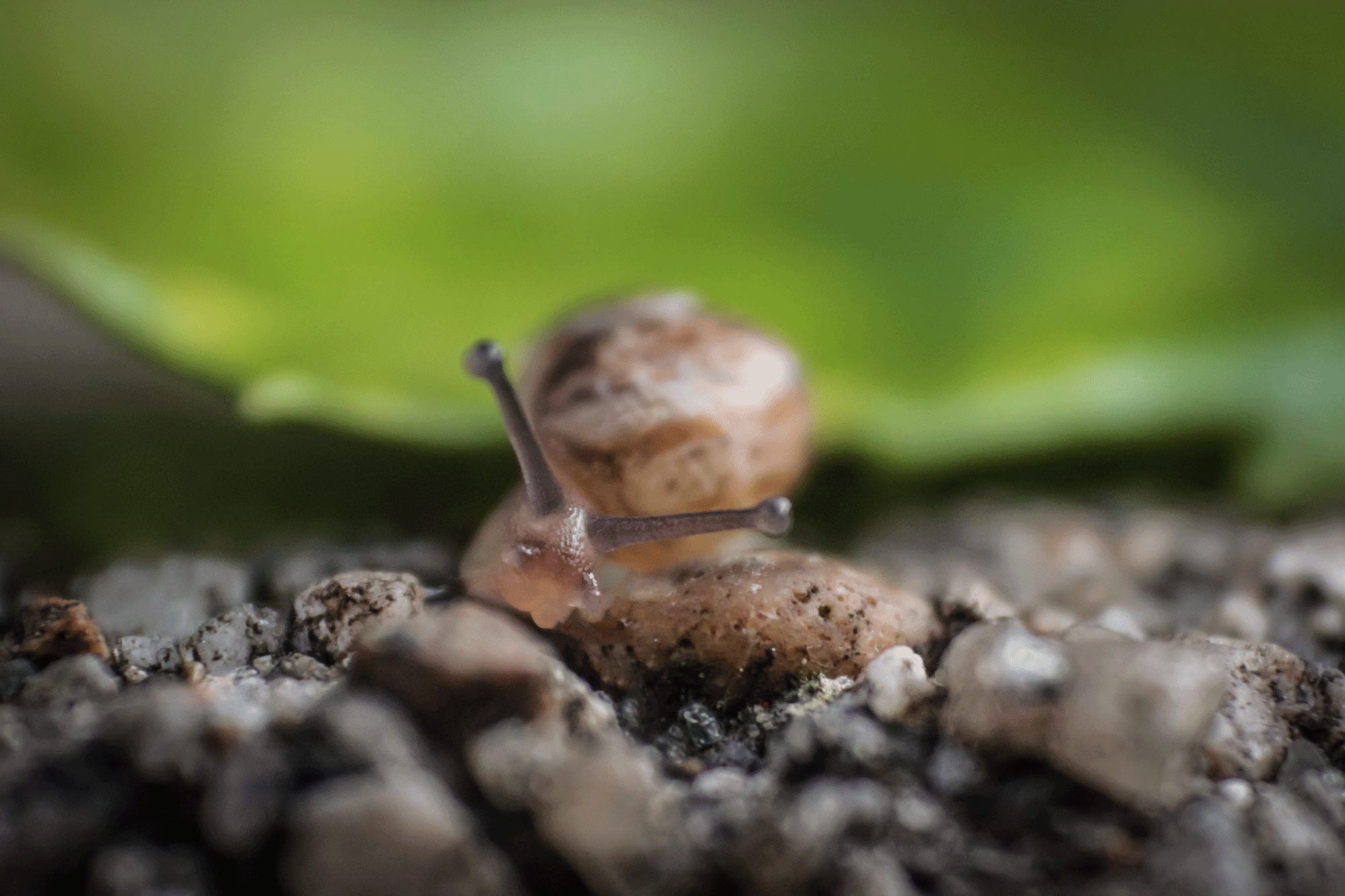
These photos weren't taken with a tripod
Camera - Canon EOS 600D
Lens - EFS 18-55mm
Location - Portugal

See you soon
Thank you for watching
Never forget
The price of anything is the amount of life you trade for it.
Time is life... value yours, make every fraction worth it.